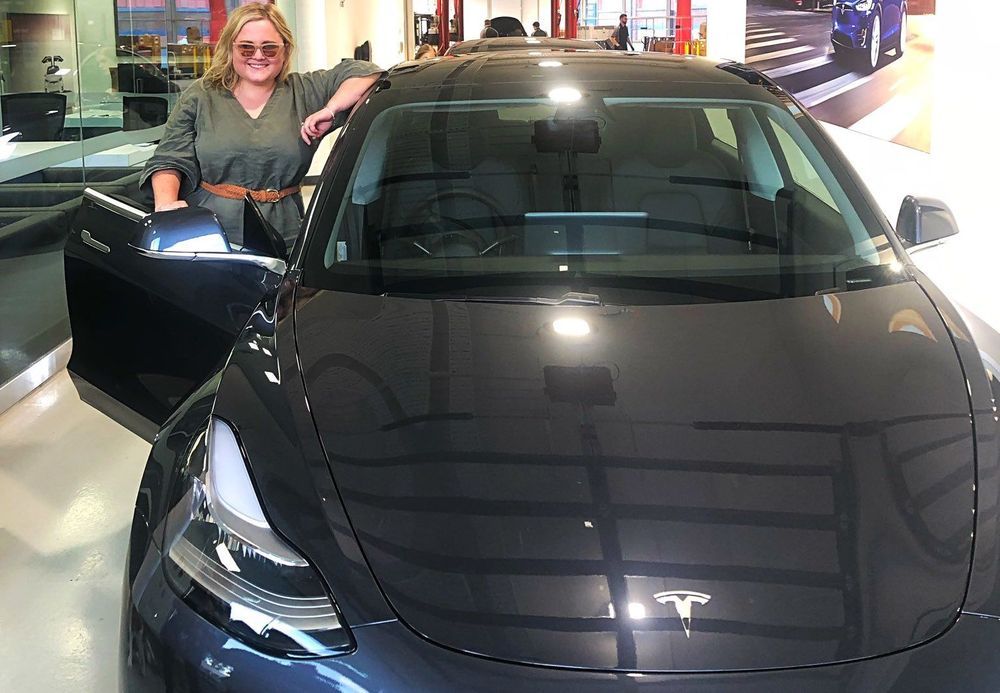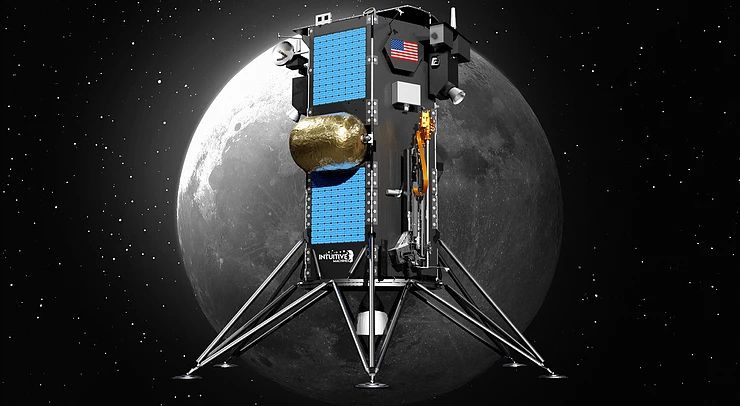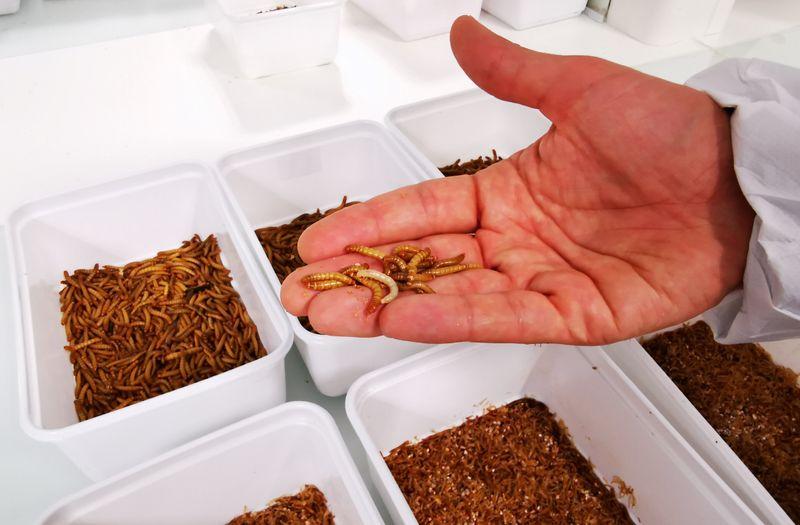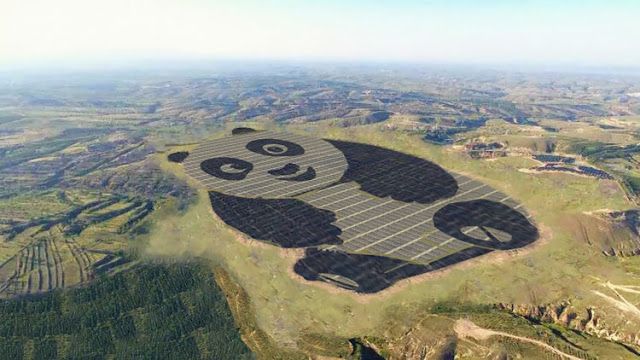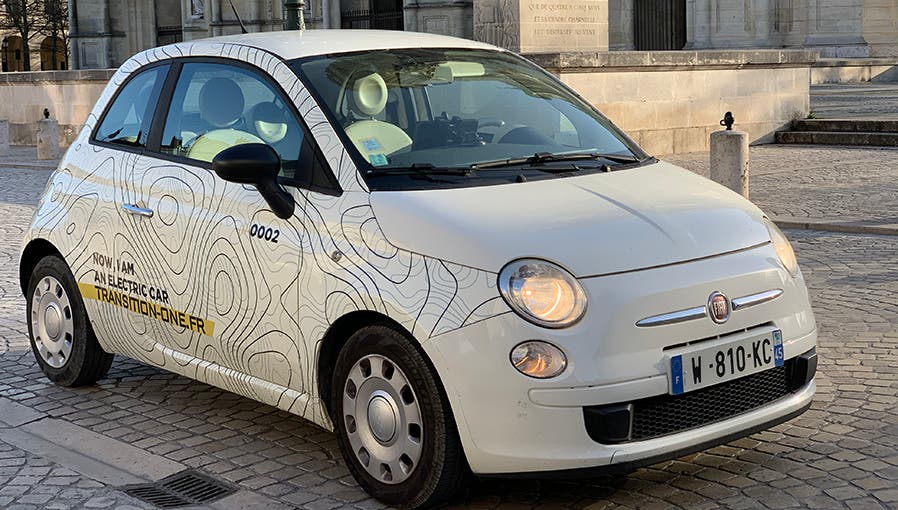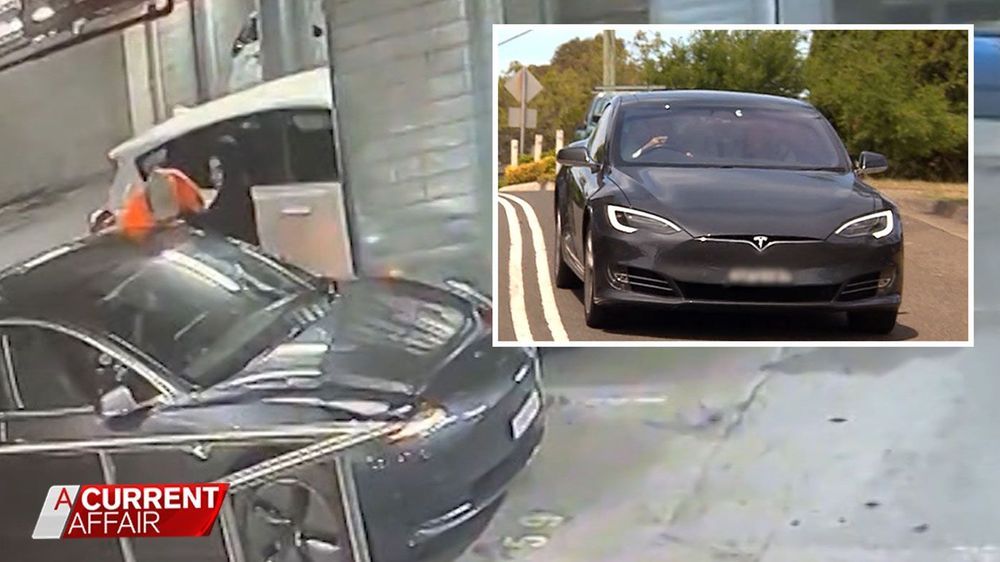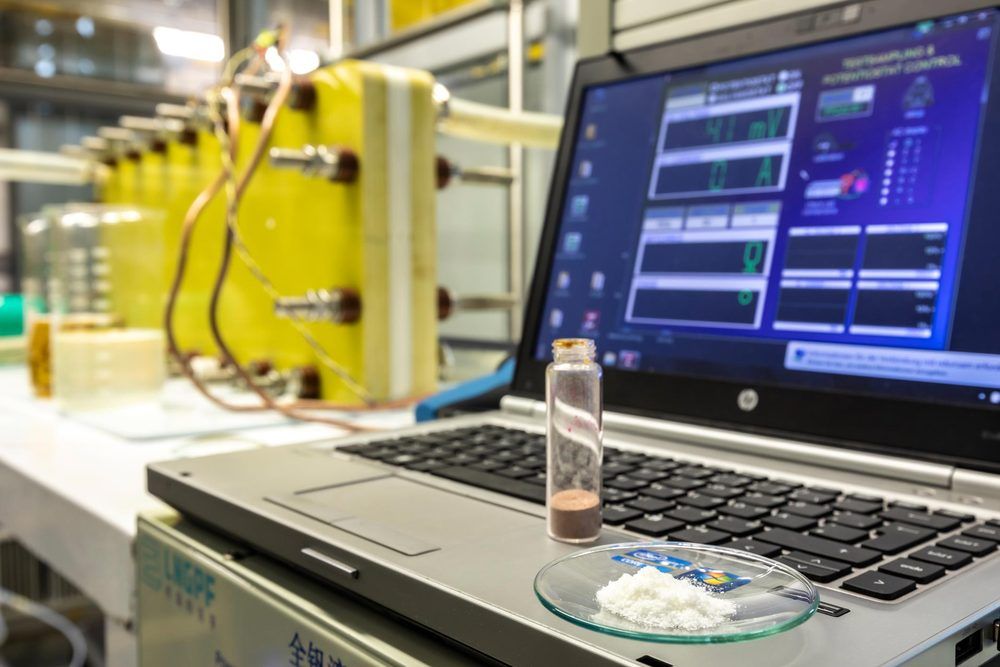Oct 27, 2020
David Attenborough: A Life on Our Planet | Official Trailer | Netflix
Posted by Pat Maechler in categories: education, internet, sustainability
This is probably the only time, that I’ll be sharing a netflix trailer in this group. The documentary is worth watching, especially the outlook at the end.
In this unique feature documentary, titled David Attenborough: A Life On Our Planet, the celebrated naturalist reflects upon both the defining moments of his lifetime and the devastating changes he has seen. Coming to Netflix October 4 2020, the film addresses some of the biggest challenges facing life on our planet, providing a snapshot of global nature loss in a single lifetime. With it comes a powerful message of hope for future generations as Attenborough reveals the solutions to help save our planet from disaster.
Continue reading “David Attenborough: A Life on Our Planet | Official Trailer | Netflix” »

